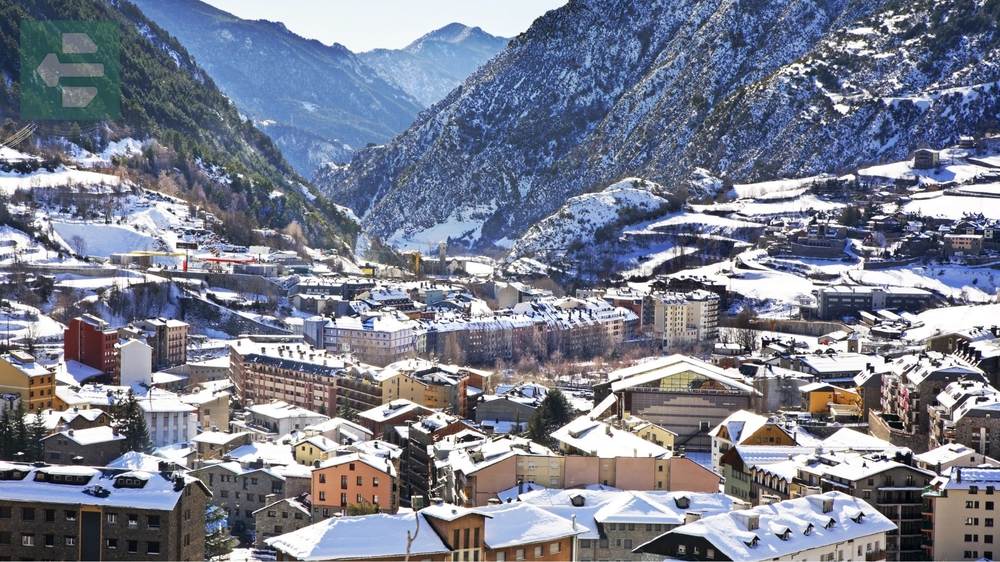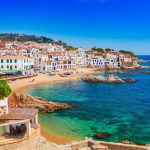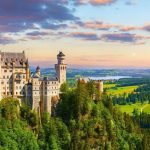Europe transforms into something magical during winter months. Malta offers mild temperatures and fewer crowds, while Prague sparkles under snow-covered spires. Lapland Finland delivers authentic Arctic experiences, and the Swiss Alps provide world-class skiing.
Keep reading as we uncover the best places to visit in Europe in winter that will make your cold-season adventure unforgettable.
List of Contents
- 1. Malta: Mediterranean Winter Refuge
- 2. Madeira, Portugal: Europe's Eternal Spring
- 3. Seville, Spain: Sunshine and Oranges
- 4. Cyprus: Two Seasons in One Island
- 5. Prague, Czech Republic: Fairy Tale in Snow
- 6. Vienna, Austria: Imperial Winter Elegance
- 7. Lapland, Finland: Arctic Authenticity
- 8. Budapest, Hungary: Thermal Winter Refuge
- 9. Swiss Alps, Switzerland: Powder Paradise
- 10. Dolomites, Italy: Alpine Drama with Italian Flair
- 11. Austrian Alps, Austria: Mountain Majesty
- 12. Tromsø, Norway: Northern Lights Capital
1. Malta: Mediterranean Winter Refuge
Malta delivers 16°C temperatures when the rest of Europe freezes. The island feels different in winter—quieter, more authentic, with locals reclaiming their streets from summer tourists.
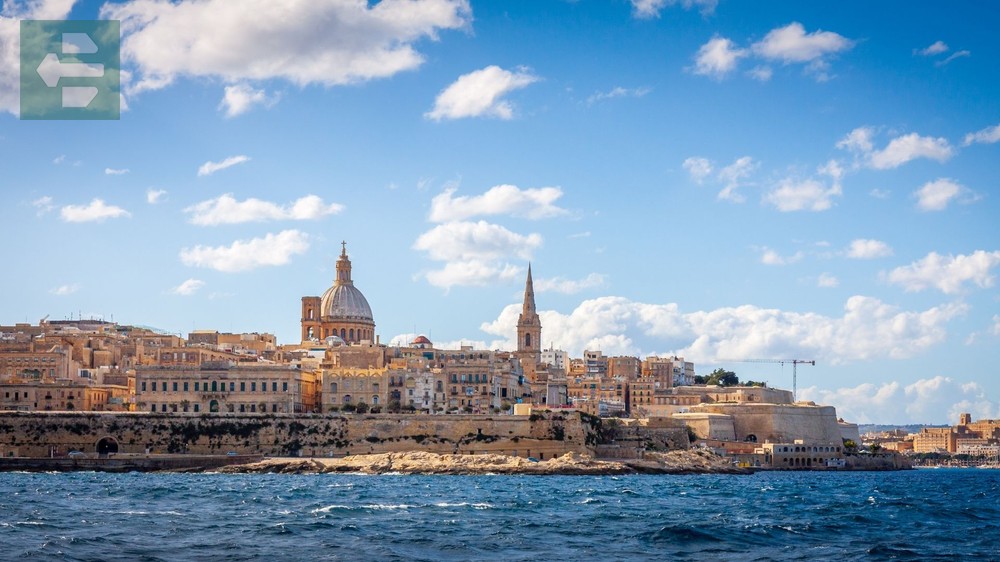
I discovered Malta's winter charm during a January visit to Mdina. The ancient city's narrow alleys, usually packed with tour groups, belonged only to me and a few stray cats. The silence was profound.
Winter storms create dramatic waves against the Azure Window's remains. Valletta's honey-colored limestone glows warmer under winter light, and you can actually enjoy a coffee in Republic Street without fighting crowds.
Quick Facts:
- Peak Season: December-February
- How to Get There: Fly to Malta International Airport
- Entry Fees: Free for most attractions
- Suggested Stay: 4-5 days
- Must-See Spots: Valletta, Mdina, Blue Grotto, Gozo Island
2. Madeira, Portugal: Europe's Eternal Spring
Madeira maintains 18°C temperatures year-round, earning its nickname as the island of eternal spring. Winter brings fewer tourists but the same dramatic landscapes and perfect hiking weather.
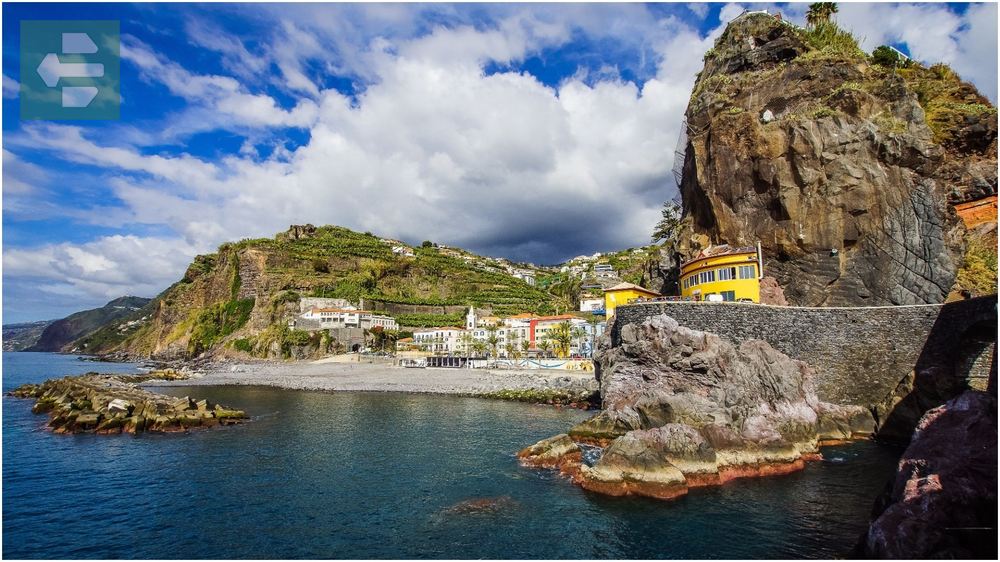
The levada walks become magical in winter mist. Clouds drift through laurel forests, creating an otherworldly atmosphere that photographers dream about. Pack layers—mountain weather changes quickly.
Funchal's New Year's Eve fireworks display holds a Guinness World Record. The entire island becomes a celebration stage, with locals and visitors sharing wine and traditional bolo do caco bread.
Quick Facts:
- Peak Season: December-January
- How to Get There: Fly to Cristiano Ronaldo International Airport
- Entry Fees: Levada walks free, cable car from €11
- Suggested Stay: 5-6 days
- Must-See Spots: Funchal, Cabo Girão, Levada walks, Porto Moniz
3. Seville, Spain: Sunshine and Oranges
Seville averages 16°C in winter, perfect for exploring without summer's crushing heat. Orange trees line every street, filling the air with citrus fragrance that mingles with incense from countless churches.
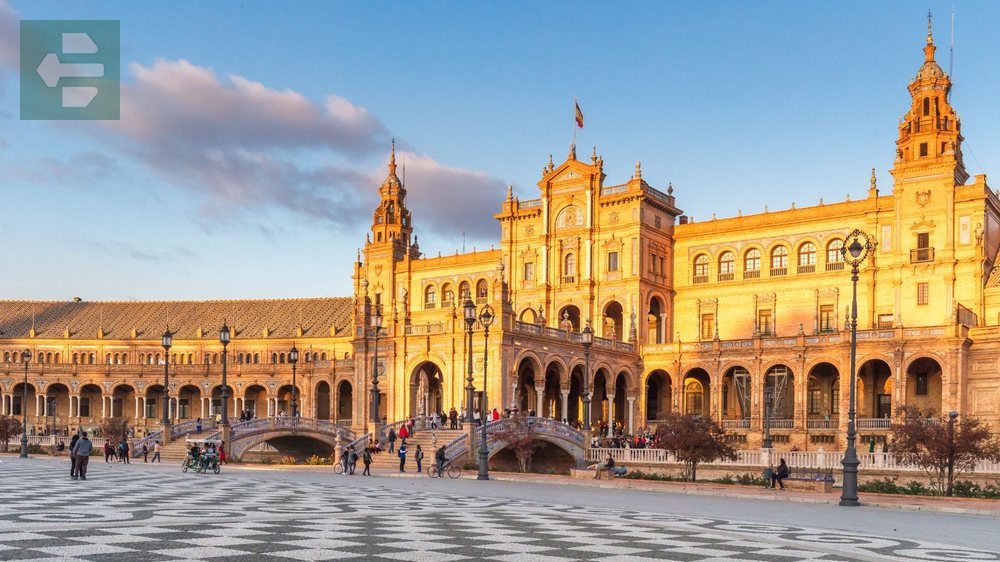
Winter is flamenco season. Small tablaos host intimate performances where dancers' passion heats rooms better than any heater. Book ahead—locals know winter shows are the most authentic.
The Alcázar gardens bloom in winter tranquility. Peacocks strut through courtyards while you explore Moorish architecture without sweating through your clothes. Early mornings belong to joggers and dog walkers, not tour buses.
Quick Facts:
- Peak Season: November-March
- How to Get There: Fly to Seville Airport or train from Madrid
- Entry Fees: Alcázar from €13.50, Cathedral from €11
- Suggested Stay: 3-4 days
- Must-See Spots: Alcázar, Cathedral, Barrio Santa Cruz, Plaza de España
4. Cyprus: Two Seasons in One Island
Southern Cyprus stays pleasantly warm while northern mountains receive occasional snow. This creates a unique winter experience—beach walks in the morning, mountain hiking in the afternoon.
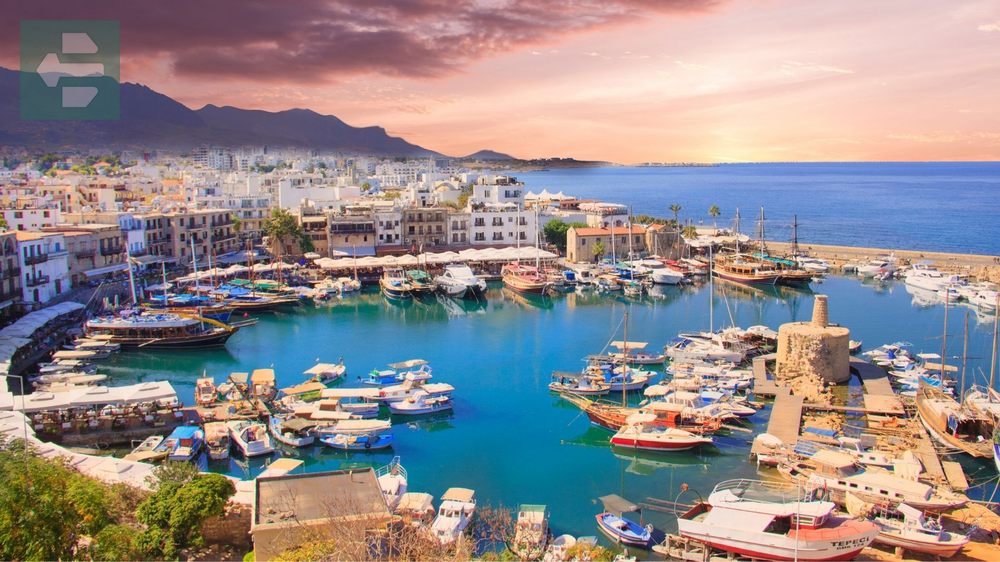
Paphos becomes magical in winter. Archaeological sites that bake under summer sun offer comfortable exploration. The House of Dionysus mosaics reveal their intricate details without tourist crowds blocking your view.
Local tavernas serve hearty winter dishes like afelia and kleftiko. Cypriots are generous with their time in winter, often inviting travelers to share stories over warm brandy sours.
Quick Facts:
- Peak Season: December-February
- How to Get There: Fly to Larnaca or Paphos airports
- Entry Fees: Archaeological sites from €4.50
- Suggested Stay: 5-7 days
- Must-See Spots: Paphos, Limassol, Troodos Mountains, Nicosia
5. Prague, Czech Republic: Fairy Tale in Snow
Prague under snow looks like something from a Brothers Grimm story. Gothic spires pierce gray skies while cobblestones glisten with frost. The city's 900-year-old charm intensifies when winter mist rolls off the Vltava River.
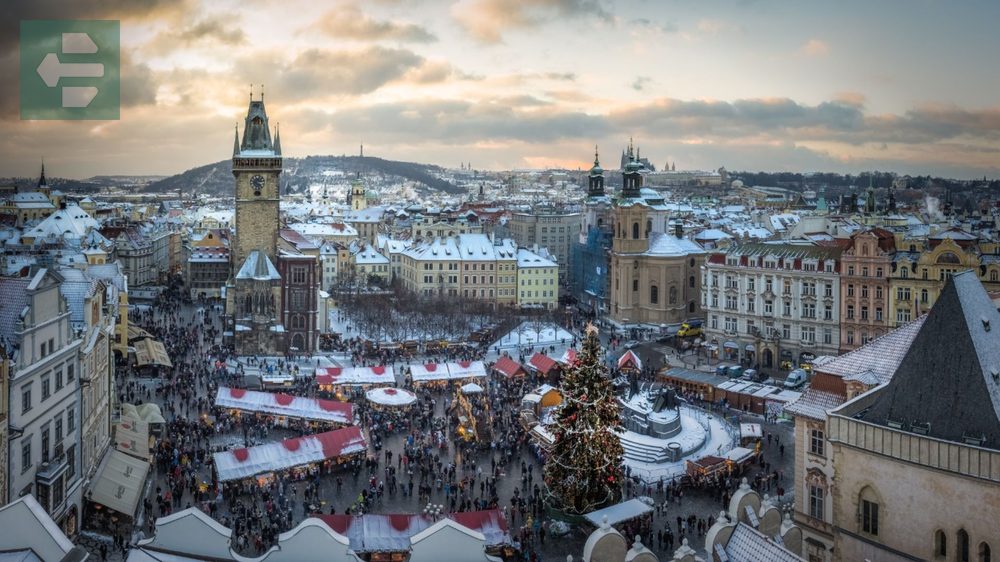
Christmas markets transform Old Town Square into medieval wonderland. Mulled wine warms your hands while Czech crystal ornaments catch light from gas lamps. Street musicians play carols that echo off ancient buildings.
Skip expensive tourist restaurants. Head to traditional hospodas where locals gather for goulash and pilsner. The warmth comes from both the food and genuine Czech hospitality.
Quick Facts:
- Peak Season: December-February
- How to Get There: Fly to Václav Havel Airport or train from major European cities
- Entry Fees: Castle complex from €12
- Suggested Stay: 4-5 days
- Must-See Spots: Old Town Square, Prague Castle, Charles Bridge, Lesser Town
6. Vienna, Austria: Imperial Winter Elegance
Vienna's coffeehouse culture peaks in winter. Locals retreat indoors for sachertorte and melange, creating the perfect atmosphere for travelers seeking authentic Viennese life.

At Schönbrunn Palace, winter gardens offer solitude among baroque splendor. The greenhouse palm house provides tropical warmth when December winds bite. Empty palace rooms echo with Habsburg history.
Opera season runs full throttle in winter. Standing room tickets cost just €4, offering world-class performances in one of history's most beautiful venues. Dress warmly—the building is drafty but magnificent.
Quick Facts:
- Peak Season: December-February
- How to Get There: Fly to Vienna International Airport
- Entry Fees: Schönbrunn from €16, Opera standing tickets from €4
- Suggested Stay: 4-5 days
- Must-See Spots: Schönbrunn Palace, Vienna State Opera, Naschmarkt, Belvedere Palace
7. Lapland, Finland: Arctic Authenticity
Lapland delivers everything promised about Arctic winter—northern lights, reindeer, and silence so complete it rings in your ears. This is Europe's last wilderness, where Sami culture survives in its purest form.
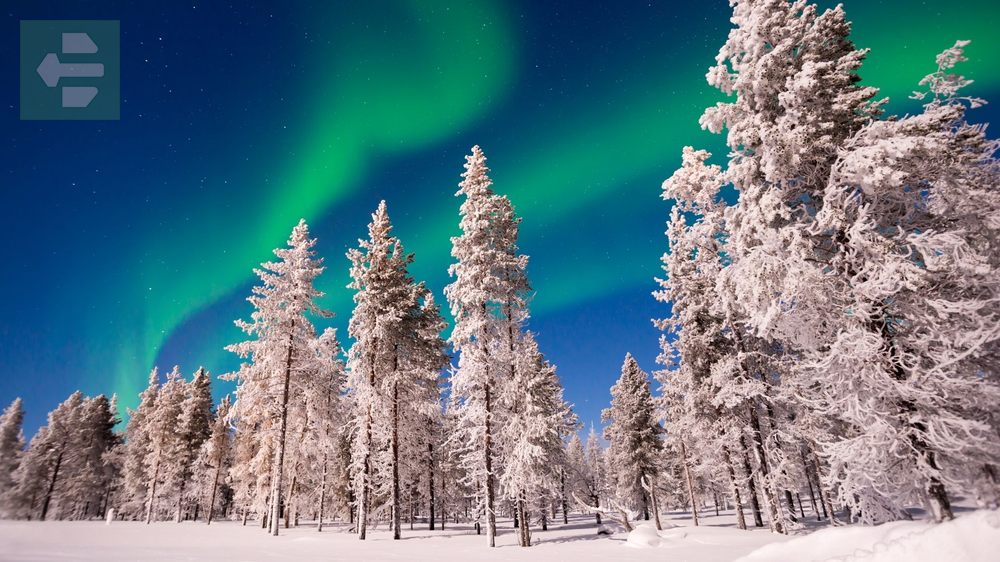
I spent three nights in a glass igloo near Rovaniemi, watching aurora borealis paint the sky green and purple. The experience humbles you. City lights and phone notifications seem meaningless under that cosmic dance.
Dog sledding beats snowmobiles for connecting with the landscape. Huskies know these forests better than GPS. Their enthusiasm for running through snow-heavy pines becomes infectious.
Quick Facts:
- Peak Season: December-March
- How to Get There: Fly to Rovaniemi Airport
- Entry Fees: National park access free, activities from €50
- Suggested Stay: 5-7 days
- Must-See Spots: Rovaniemi, Inari, Saariselkä, Levi
8. Budapest, Hungary: Thermal Winter Refuge
Budapest's thermal baths provide perfect winter refuge. Széchenyi Baths offer outdoor pools heated to 38°C while snow falls around you. Steam rises like ghosts against neo-baroque architecture.

The Danube freezes partially some winters, creating dramatic ice formations around Parliament Building. Pest side hills offer stunning views of this winter transformation, especially at sunset when golden light hits frozen water.
Ruin bars stay cozy all winter. Szimpla Kert fills with locals seeking warmth and palinka. These unique Budapest venues feel like secret societies where travelers become temporary members.
Quick Facts:
- Peak Season: December-February
- How to Get There: Fly to Budapest Ferenc Liszt International Airport
- Entry Fees: Thermal baths from €20
- Suggested Stay: 3-4 days
- Must-See Spots: Parliament Building, Széchenyi Baths, Fisherman's Bastion, Buda Castle
9. Swiss Alps, Switzerland: Powder Paradise
The Swiss Alps define European winter sports. Zermatt, Verbier, and St. Moritz offer world-class skiing with infrastructure that makes everything effortless. Trains arrive precisely on time, lifts run smoothly, mountain restaurants serve excellent food.
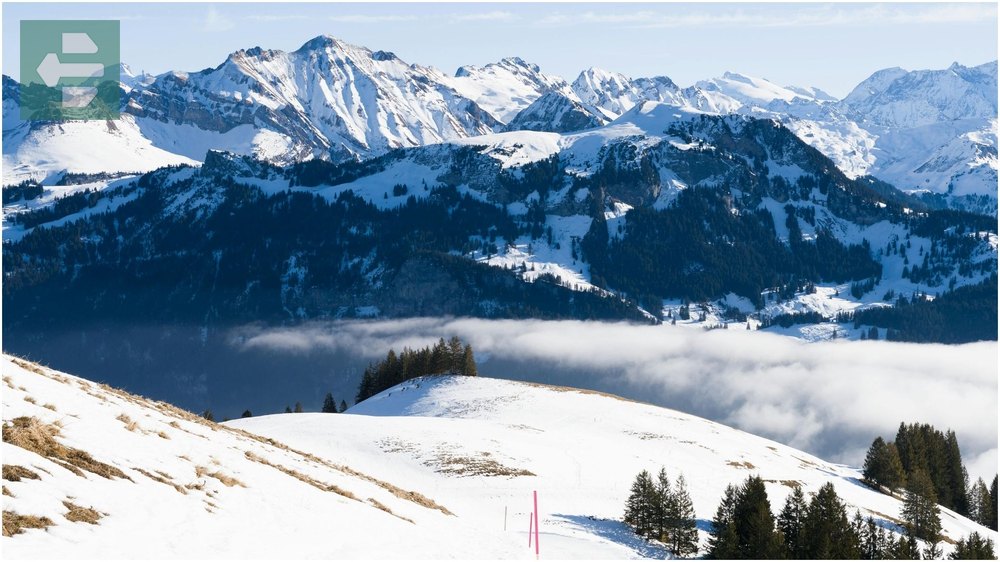
Non-skiers find plenty here too. Mountain railways climb to viewpoints where Matterhorn pierces crystalline air. Alpine hiking trails become snowshoe routes through forests that sparkle like diamond dust.
Swiss mountain huts serve rösti and melted raclette that taste better at altitude. The cheese literally warms you from inside while mountain views feed your soul.
Quick Facts:
- Peak Season: December-April
- How to Get There: Fly to Zurich or Geneva, then train
- Entry Fees: Ski passes from €50/day, mountain railways from €25
- Suggested Stay: 5-7 days
- Must-See Spots: Zermatt, Jungfraujoch, Verbier, St. Moritz
10. Dolomites, Italy: Alpine Drama with Italian Flair
The Dolomites combine German efficiency with Italian passion. These limestone peaks glow pink at sunrise and sunset—a phenomenon called alpenglow that photographers travel thousands of miles to capture.
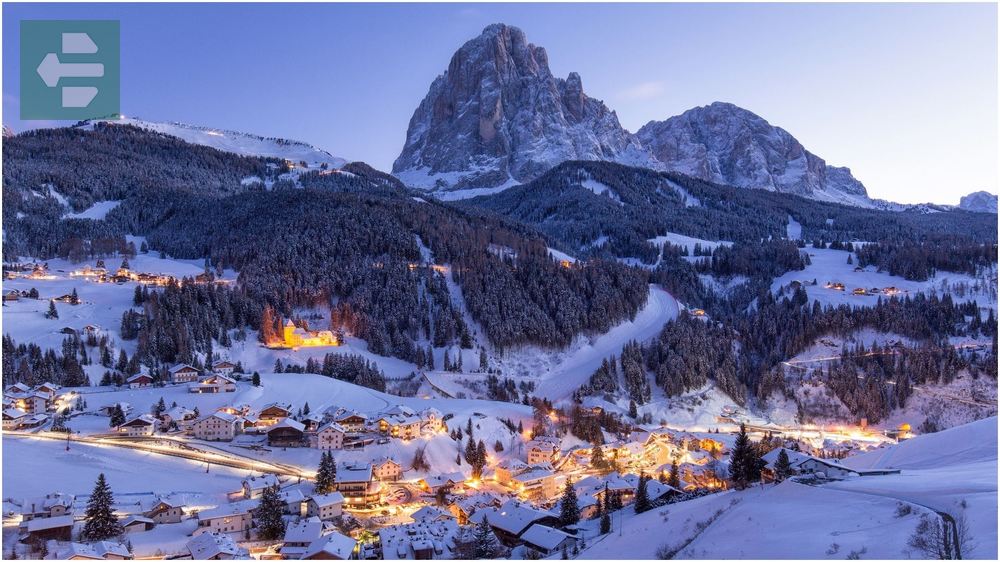
Val Gardena offers excellent skiing with mountain refugios serving speck, dumplings, and local wine. The combination of Alpine tradition and Italian cuisine creates unique mountain culture.
Winter hiking trails lead to frozen waterfalls and snow-covered meadows. Alpe di Siusi, Europe's largest alpine plateau, becomes a cross-country skiing paradise with views of Sciliar massif.
Quick Facts:
- Peak Season: December-March
- How to Get There: Fly to Innsbruck or Venice, then drive
- Entry Fees: Ski passes from €45/day, cable cars from €15
- Suggested Stay: 4-6 days
- Must-See Spots: Val Gardena, Cortina d'Ampezzo, Alpe di Siusi, Seceda
11. Austrian Alps, Austria: Mountain Majesty
The Austrian Alps offer skiing tradition dating back centuries. Innsbruck hosted Winter Olympics twice, creating infrastructure that serves visitors beautifully today. Mountains rise directly from the city center.

Hallstatt becomes ethereal under winter snow. This lakeside village, usually overrun with tour buses, finds peace in winter months. Frozen lake reflects alpine peaks while salt mine tours reveal 7,000 years of history.
Mountain trains climb to viewpoints where Habsburg emperors once hunted. Hot chocolate at altitude tastes different—richer, more satisfying, as if thin air concentrates flavors.
Quick Facts:
- Peak Season: December-April
- How to Get There: Fly to Innsbruck or Salzburg airports
- Entry Fees: Ski passes from €48/day, Hallstatt salt mine €27
- Suggested Stay: 5-7 days
- Must-See Spots: Innsbruck, Hallstatt, Kitzbühel, Salzburg
12. Tromsø, Norway: Northern Lights Capital
Tromsø sits 400 kilometers north of Arctic Circle, making it prime aurora viewing territory. This university town maintains vibrant culture despite polar night lasting two months.
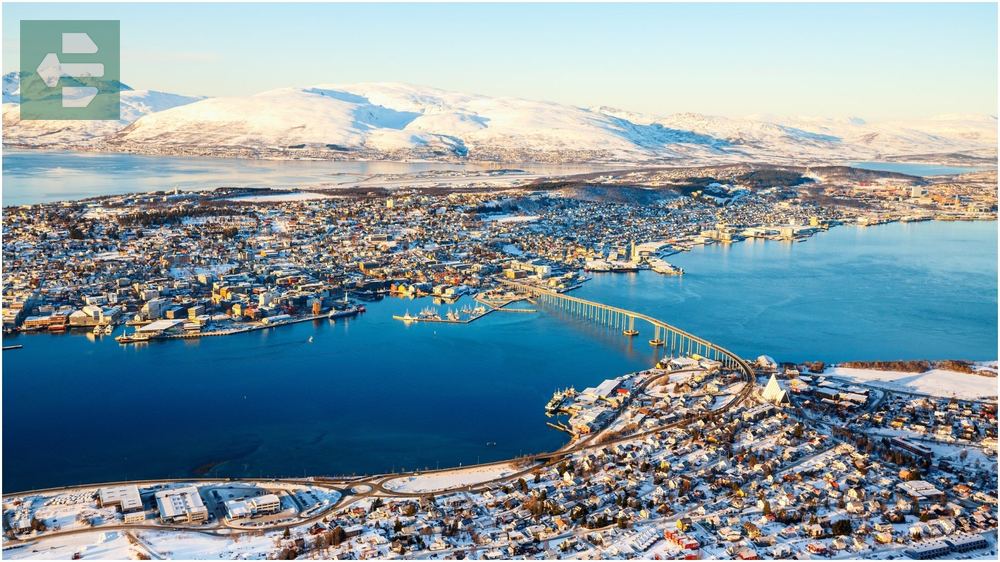
Clear nights offer best northern lights viewing. Locals check aurora forecasts like weather reports, heading to dark spots when conditions align. Patience rewards you with nature's greatest light show.
Sami culture thrives here. Traditional joik songs echo across frozen landscapes while reindeer herders share ancient knowledge. Dog sledding and snowmobiling provide authentic Arctic transportation experiences.
Quick Facts:
- Peak Season: October-March for northern lights
- How to Get There: Fly to Tromsø Airport
- Entry Fees: Aurora tours from €75, museums from €12
- Suggested Stay: 4-5 days
- Must-See Spots: Arctic Cathedral, Polaria Aquarium, Kvaløya Island, Cable Car
Winter Europe reveals itself differently to those willing to embrace cold and snow. These destinations prove that Europe's best places to visit in winter offer experiences impossible during warm months.
Pack warm clothes and an adventurous spirit. Winter European travel rewards the bold with empty castles, cozy taverns, and moments of pure magic that summer crowds never witness.
Your winter European adventure awaits. The only question is which destination calls to you first.
